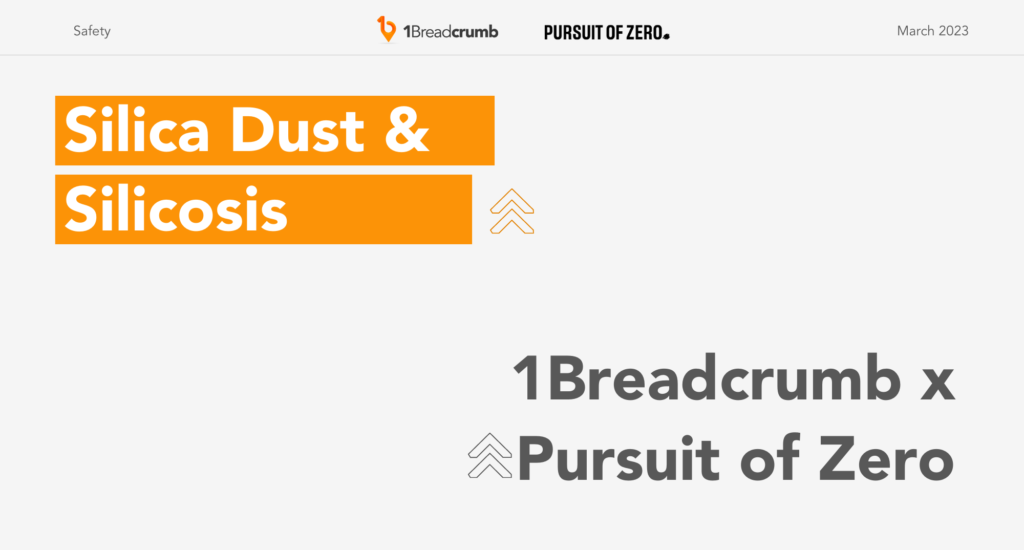Silicosis Prevention

Crystalline silica is a naturally occurring mineral that is found in a wide range of construction materials, including concrete, bricks, tiles, and stone. The problem with Silica is when it is cut, ground or drilled into and small particles of silica dust are released into the air.
Inhaling Silica dust poses such a great risk because the particles are so small they are inhaled deep into the lungs. When workers are continually exposed to this inhalation of silica is when silicosis occurs.
In addition to silicosis, exposure to crystalline silica has been linked to an increased risk of lung cancer, chronic obstructive pulmonary disease (COPD), and kidney disease. The risk of these diseases is highest for workers who are exposed to high levels of silica dust over a long period of time, but even short-term exposure can pose a significant risk.
To protect workers from the dangers of crystalline silica, it is important for employers to take proactive measures to control the risk. It is also pertinent to consider the public when assessing hazard control for Silica dust exposure.
Some of the key measures that employers can take to protect workers include:
Using alternative products and materials that do not contain crystalline silica.
Using engineering controls to minimise silica dust exposure. This can include using wet methods to suppress dust, using local exhaust ventilation systems, and using tools with dust collection systems.
Providing personal protective equipment (PPE) to workers. This can include respirators, gloves, and protective clothing.
Limiting the amount of time that workers spend working with silica-containing materials.
Providing training to workers on the hazards of silica dust exposure and how to protect themselves.
Understanding the hazard exposure levels by conducting regular air monitoring to assess silica dust levels in the workplace. And understanding the levels of crystalline silica by reviewing information from product manufactures and suppliers such as Safety data sheets.
The risks associated with the hazard silica dust can be controlled.
For more information see the below resources.
https://www.worksafe.vic.gov.au/crystalline-silica

Recent Comments